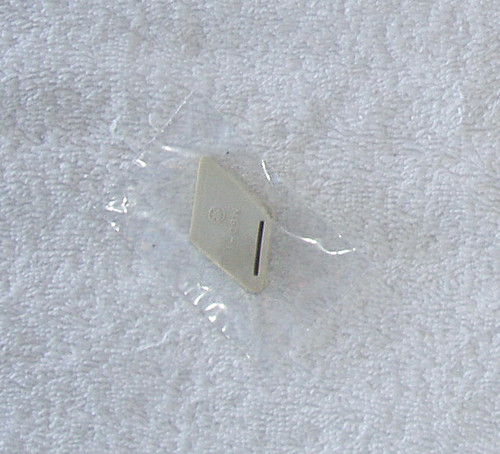Yes, another antiquity from Australian communications 50 years ago ... this type of telephone (and public phone boxes) formed the core of all telecommunications in those days - no mobile phones of any sort (not even the "in-car" phones had been released yet)
This component was made right here in Australia at the enormous sprawling facilities of STC down in Alexandria, Sydney - where all good telecommunications equipment used to be manufactured!
This sub-assembly reminds me of the song "Ring My Bell" which is almost equally as ancient!
If you are not into the music but like old telecommunications technology ... read on
THOUGHTS & SOME "USEFUL" INFORMATION
While it is very unlikely that even a telecommunications collector may want this complete bell ring set, it could be used as a "stand-alone" bells ringing demonstration for those who remember the distinctive "real" ringing of a telephone bell OR it could be pressed into service for some other custom (read "innovative") purpose.
Just the first 20 seconds is the sound of these bells
How do you make these bells ring correctly? They are designed to operate with the application of an AC voltage, around 80V in the region of 25Hz. In the olden Golden days, if you touched one side of a "ringing" telephone line, you could feel a buzz at your fingers but it wasn't considered harmful as the current is extremely low. You could apply this AC voltage directly to the bell coil or if a DC voltage was also present (as with the old landline system for the speech circuits), the bell coil had a capacitor in series with the coil, around 2uF, to block the DC. It was actually this bell coil & capacitor combination that allowed for line & subscriber instrument fault analysis from a remote point, often a testing area known as the Test Desk or later, the Fault Control Centre. By rapidly reversing the voltage present on a 2 wire line under test, the resulting charging/discharging of the capacitor in the bell ringing circuit could be measured and was actually a very crude method of determining where a fault such as a disconnection in the line was occurring.
STC TELEPHONE Bell Ringer Assembly - Complete
Circa 1970's
This is a sub-assembly that sits and is secured inside the telephone case.
Not much to these sub-assemblies, just a 1700 Ohm coil (electromagnet), a long striker and two bell gongs.
The gongs did not sound identical either - one bell gong is of a higher pitch than the other, this gives that distinctive ("Oh, there goes the phone ringing again" sound) Quite sensibly, one gong has H (High) stamped into it and the other L (Low) for this reason.
The striker arm sits on top of a White plastic wheel so that the user can adjust the bell sound level to their liking or kill the bells completely - actually they don't really "die" but instead buzz when ringing is applied.
Designed for use with the type 801//802 subscriber telephones, this bell ringer set was extracted from one of those telephone models.
Fully functional, there actually isn't much that can go wrong with these in any case. Bell coil (unmarked with ID) measures 1710 Ohm DC resistance.
Linesman had far more calls to handset issues (subscribers dribbling into the microphone - carbon inserts hate that!) and destroyed rotary dial number rings when the subscriber forces the dial back to rest.
Identification stamped into various parts of the pressed metal chassis
PBA-1
STC Logo
33
COSMETIC CONDITION:
USED
Clean
NO pieces missing - even the single bolt for securing to the main telephone chassis is included
Some surface oxidisation to the pressed metal in places but nothing that will affect the operation and afterall, these bell ringers are normally not "in the users view" in any case.
This bell ringer assembly is now stored in a clear plastic sealed packet, to maintain the current condition.









